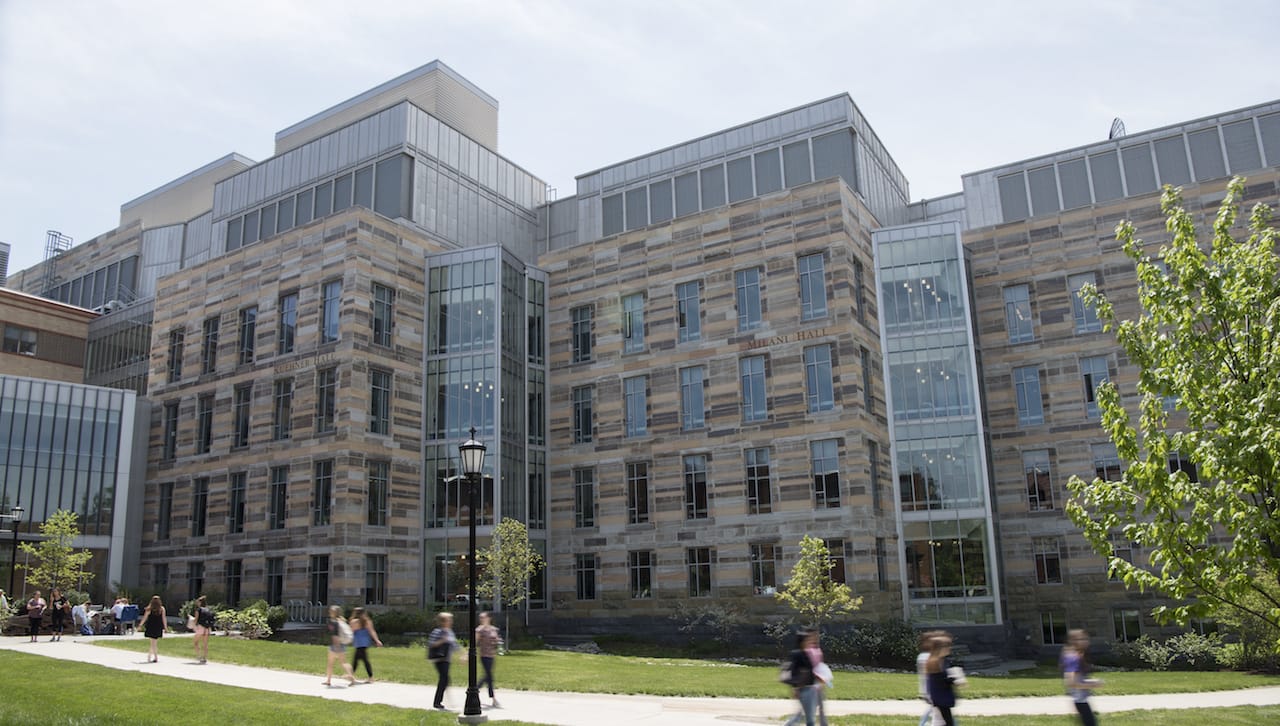Professor Among Researchers for NASA Project

Nathaniel Frissell, Ph.D., assistant professor in The University of Scranton’s Physics and Engineering Department, is among the scientists participating in research projects on traveling ionospheric disturbances. One project received funding support from NASA. The second project is through an International Space Science Institute (ISSI) team. Through these projects, the University will receive more than $167,000 in funding to support graduate students, data analysis/computing equipment and conference travel.
Dr. Frissell is among the researchers working on a NASA Living With a Star project entitled, “Wave-Driven Asymmetries in the Ionosphere-Thermosphere due to Asymmetries in the Northern and Southern Polar Vortices.” The project is being led by Richard Collins, Ph.D., principal investigator, of the University of Alaska Fairbanks Geophysical Institute.
A space physicist, Dr. Frissell is also part of an International Space Science Institute (ISSI) team entitled, “Resolving the generation mechanisms and electrodynamical effects of Medium Scale Traveling Ionospheric Disturbances (MSTIDs).” The team is led by Jeffrey Klenzing, Ph.D., of the NASA Goddard Space Flight Center, and Katherine Zawdie, Ph.D., of the Naval Research Laboratory.
Dr. Frissell explained that traveling ionospheric disturbances, also known as TIDs, are wave-like variations in electron density in the ionosphere, the electrically charged region of the Earth’s upper atmosphere. Dr. Frissell and his students will be using TID observations from the Super Dual Auroral Radar Network (SuperDARN), GPS Total Electron Content databases, and the amateur radio databases in their research.
In 2019, Dr. Frissell received a $1.3 million National Science Foundation (NSF) grant to fund a three-year initiative to measure modulations produced in the Earth’s upper atmosphere. Through the grant, Dr. Frissell will develop a network of licensed amateur radio operators and will lead a collaborative team to develop modular, multi-instrument, ground-based space science observation equipment and data collection and analysis software to measure the effects of weather in the upper levels of Earth’s atmosphere.
Dr. Frissell joined the faculty at Scranton in the fall of 2019. He earned his bachelor’s degree from Montclair State University and his master’s degree and Ph.D. from the Virginia Polytechnic Institute and State University. He is the founder and lead organizer of the international citizen science space physics research collective known as the Ham Radio Science Citizen Investigation (HamSCI.org). Dr. Frissell also serves as advisor to the student W3USR University of Scranton Amateur Radio Club.






